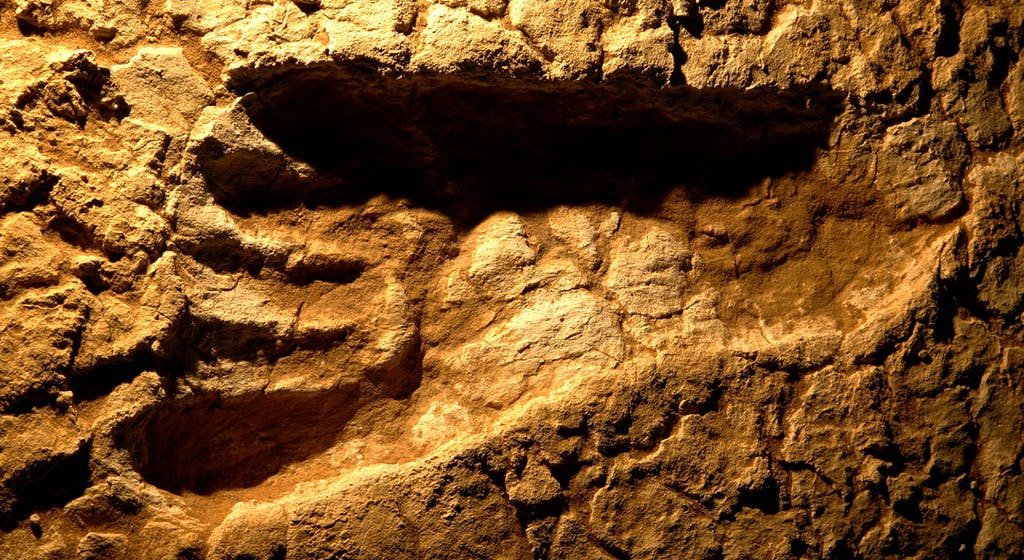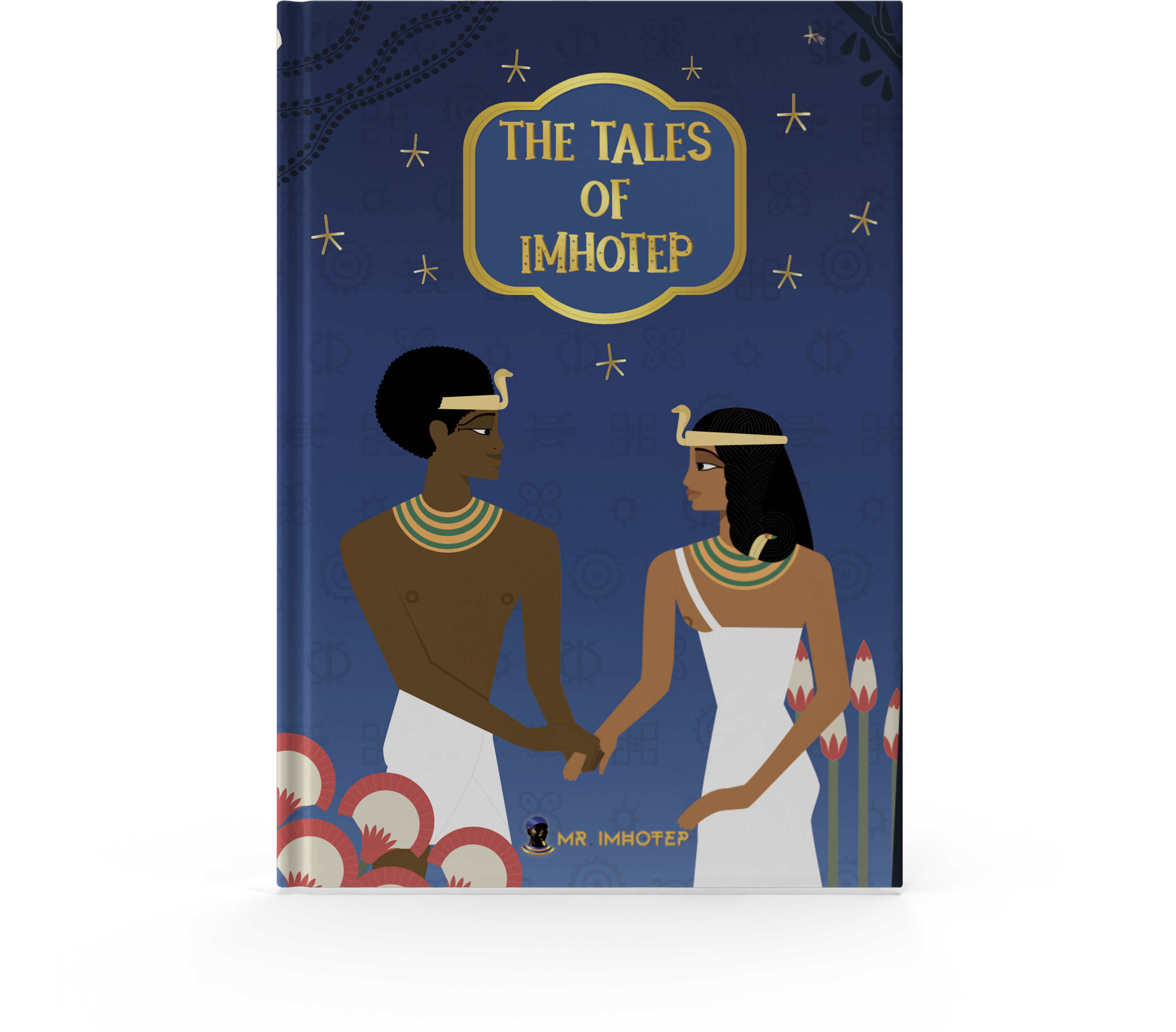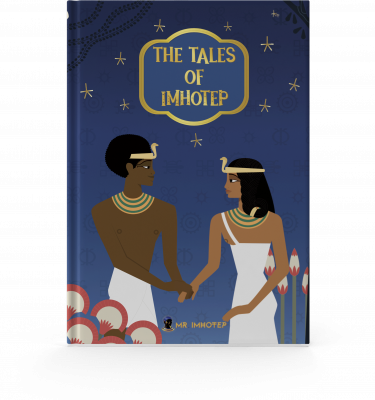About 20,000 years ago, five human hunters sprinted across the soft clay on the edge of a wetland in what is now New South Wales, Australia. Others also wandered across the muddy landscape, including a family of five, a small child, and a one-legged man who hopped without a crutch. These early Aboriginal ancestors have long since vanished. But a record of their passage can be seen today in Mungo National Park, about 195 miles (315 kilometers) from Broken Hill.
Woven among the sand dunes of the now arid Willandra Lakes World Heritage area are some 700 fossil footprints, 400 of them grouped in a set of 23 tracks.
First spotted in 2003 by a young Mutthi Mutthi Aboriginal woman named Mary Pappen, Jr., the tracks are the oldest fossil human footprints ever found in Australia and the largest collection of such prints in the world.
“Still Here”
Mary Pappen, Sr., a Mutthi Mutthi tribal elder and Pappen Jr.’s mother, says the age of the footprints highlights just how clever and adaptable Aboriginal ancestors were.
“We did not die 60,000 years ago. We didn’t dry up and die away 26,000 years ago when the lakes were last full,” she said.
“We are a people that nurtured and looked after our landscape and walked across it, and we are still here today.”
Steve Webb is a biological archaeologist with Bond University in Queensland. He has studied and partially excavated the tracks with help from other scientists and members of three area Aboriginal tribes.
Last December Webb published a study in the online edition of the Journal of Human Evolution describing eight of the tracks, and his work continues. Webb says the footprints reveal things that archaeological sites or skeletal remains couldn’t.
For example, “these people were very active in this area, and we wouldn’t have guessed that,” he said.
One-Legged Man
The footprints also held puzzles, such as the tracks of what experts say was a one-legged man.
“All we could pick up was the right foot,” Webb said, adding that each step left a very deep impression in the mud.
“It’s a very good impression,” he said. “It’s one of the best foot impressions there is on the whole site. But there is no sign of the left foot at all.”
The conundrum was solved with the help of five trackers from the Pintubi people of central Australia.
“They looked at the … track and said, Yes, it’s definitely a one-legged man,” Webb said.
“Now, these people are able to tell you whether a woman’s got a baby on her hip when she’s walking along and whether she moves that baby from the right hip to the left hip.”
“So they see nuances of tracks in a way we have no skill in doing whatsoever.”
It helped that the Pintubi knew a living one-legged man from their own community.
“They knew what a one-legged man could do,” Webb said. The trackers believe the ancient man probably threw his support stick away and hopped quite fast on one foot.
Olympic Sprinter
The trackers “gave us an amazing insight, just showing us small things which we hadn’t even looked at,” Webb said. One such detail was a set of small, round holes where a man stood with a spear. Another was a squiggle in the mud, perhaps drawn by a child.
Webb’s own track analysis has yielded some intriguing conclusions, particularly for the prints left by a group he calls the Five Hunters. The archaeologist used data from 17,000-year-old human remains excavated nearby and details from the tracks themselves, such as foot size and stride length. The bones suggest the people were tall, in good health, and very athletic. What’s more, Webb calculates that one hunter was running at 23 miles (37 kilometers) an hour, or as fast as an Olympic sprinter.
“If you weren’t fit in those days, you didn’t survive,” Webb said.
To date, Webb and his colleagues have identified about 700 footprints. He says ground-penetrating radar suggests thousands more prints may lie below the ground in at least eight layers of ancient mud stacked like trodden carpets. For now the excavated tracks sit under protective layers of cloth and dirt to shelter them from erosion caused by wind, sand, and rain.
The footprints will stay there until scientists and Aboriginal community members devise a plan to protect the ancient tracks. As part of the plan, tribespeople want to erect community and educational centers near the site and develop related ecotourism. They also hope to build a “keeping place,” or sacred shelter, to safeguard the footprints of their ancestral families.
BY









